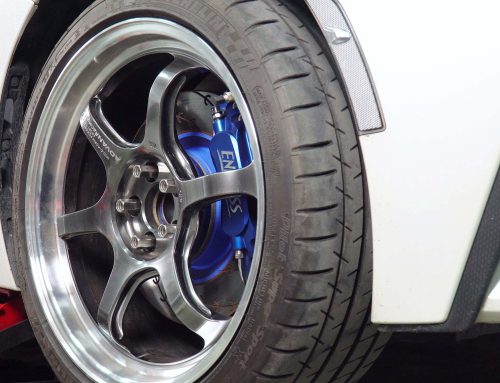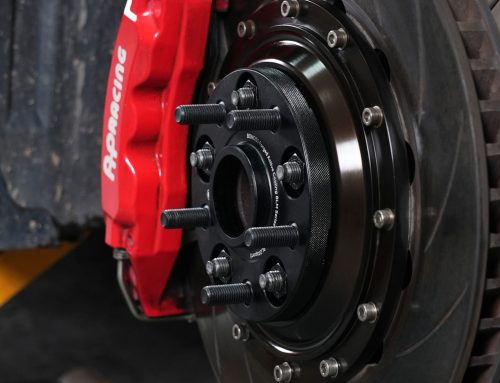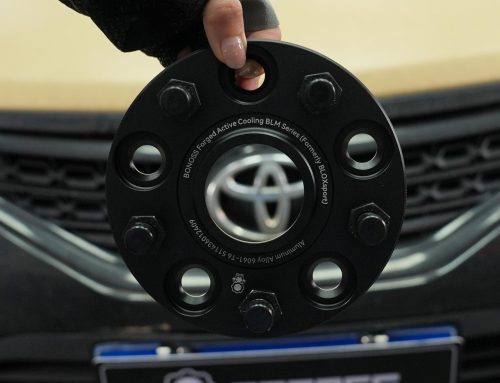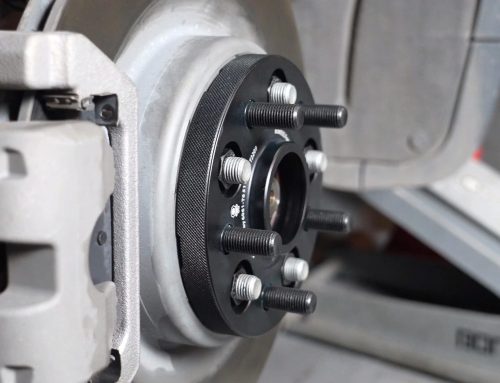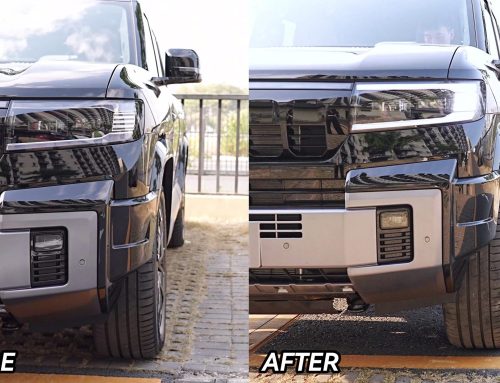When wheel spacers are needed, before ordering your spacers, calculating the perfect spacer thickness is essential. If done correctly, your excellent modification will be advantageous. Whether it’s because you’ve added big brake kits, custom aftermarket wheels, or just desire to widen your car’s stance aesthetically, you’ve concluded that wheel spacers are the most cost-effective way to do the trick for you, and will solve your fitment dilemma. Wheel spacers are bolted on the studs or holes of the wheel hub assembly and in return attach the wheels to them. The main purpose of the wheel spacers is to create an ideal space between the vehicle hub and wheels. With this function, you can install big brakes and custom wheels and tires properly. The vehicles become more stable and comfortable as the wheel spacers provide additional width for the wheel track. The appearance gets a boost with the wheels flush with the fender line.
How to Measure Wheel Spacers for My Vehicle?
The thickness of spacer you need will vary depending on the individual vehicles you’ve performed, determining that correct thickness is extremely important. How thick wheel spacers do I need? Measuring the wheel gap is the most basic beginning. The wheel gap is the amount of space between the inner fender lip and the outside edge of your wheel tires or rims. It will help you find the proper thickness. Here is the normal method: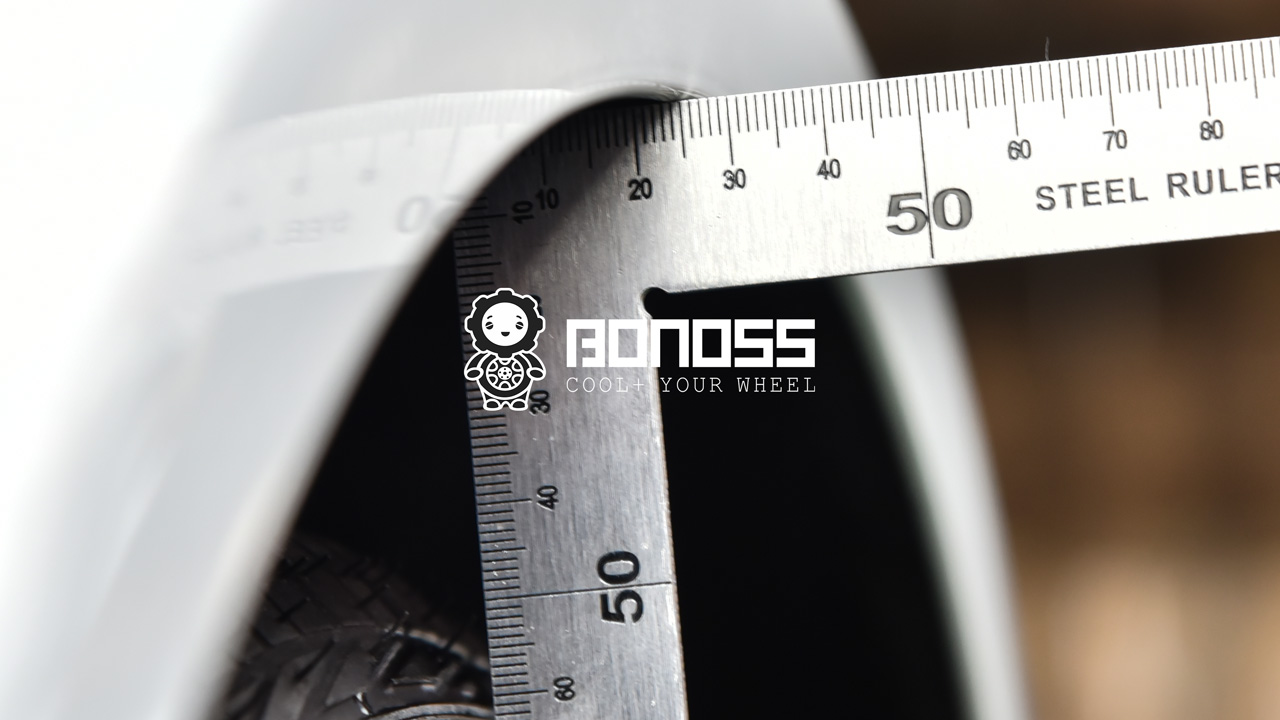
- Preparing two rulers, take one ruler in each hand, set one flat against the inner fender lip hanging down as straight as possible. Measure the distance from the tire or rim edge to the hanging ruler. This distance is the amount of room you have till you would have contact. You will want to get a spacer smaller than this number.
- If you have a straight edge metal ruler, place the straight edge on the outermost part of the rims where the wheel comes closest to the fender (preferably the top), then, measure from the outside wheel to the straight edge. This distance is the size spacer you will need to achieve the look that flushes or nearly flushes with the fender.
Every car’s wheel gap is various, even if they the same exact cars, the wheel gap of the front wheel and the rear wheel is different. Always measure first before buying wheel spacers. Too thin, you will still have wheel/caliper interference. Too thick, the wheel rims or tires will hit the fenders. The proper thickness will give you the brake clearance and wheel offset you need while avoiding fender rub as well as breaking local laws and regulations.
How to Choose Safe Wheel Spacers?
Quality is a crucial part of wheel spacers safety. This is why BONOSS only uses the highest quality materials. BONOSS wheel spacers are made of high-grade forged 6061-T6 or 7075-T6 billet aluminum alloy that is as strong as aviation aircraft. They are made with modern CNC machinery with an accuracy of 0.02mm tolerance, which offers an excellent surface quality and a smooth installation experience. Not just the spacers themselves, but the lug studs or extended bolts too. The wheel lugs apply a clamping force to secure the spacer and wheel to the vehicle hub. So, make sure you have equal or stronger lug studs or bolts than OEM studs or bolts so that they can lock everything in the right place. The matching wheel studs of BONOSS wheel spacers applied high-strength JIS SCM440 steel material. They are ISO Standard Grade 12.9 approved (most OEM studs or bolts are grade 10.9), which showcase good ductility and high-temperature stress resistance, structural stability, wear-resistance, excellent toughness, impact resistance, and more advantages.

